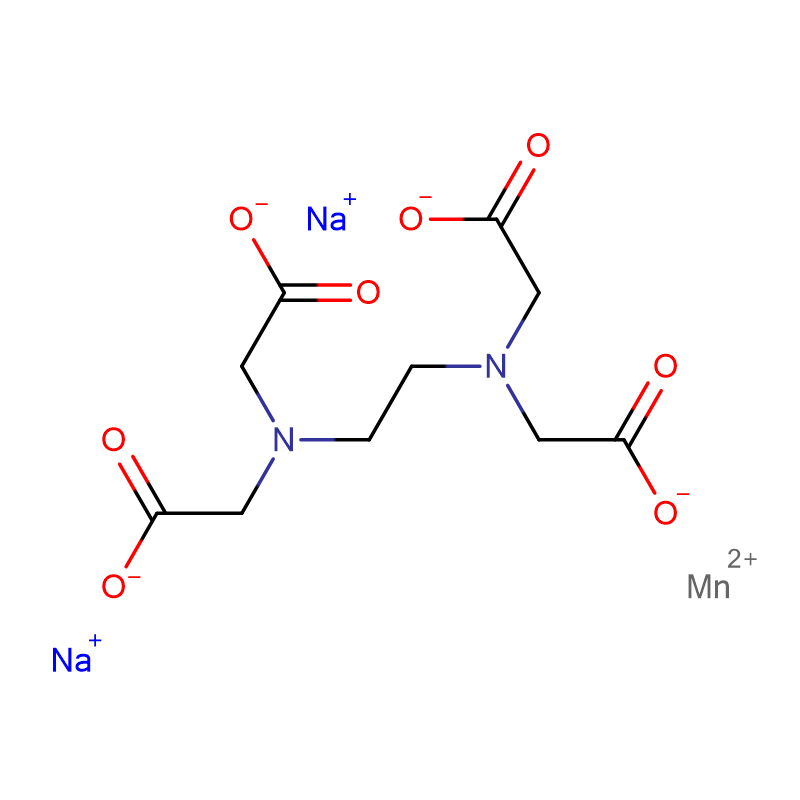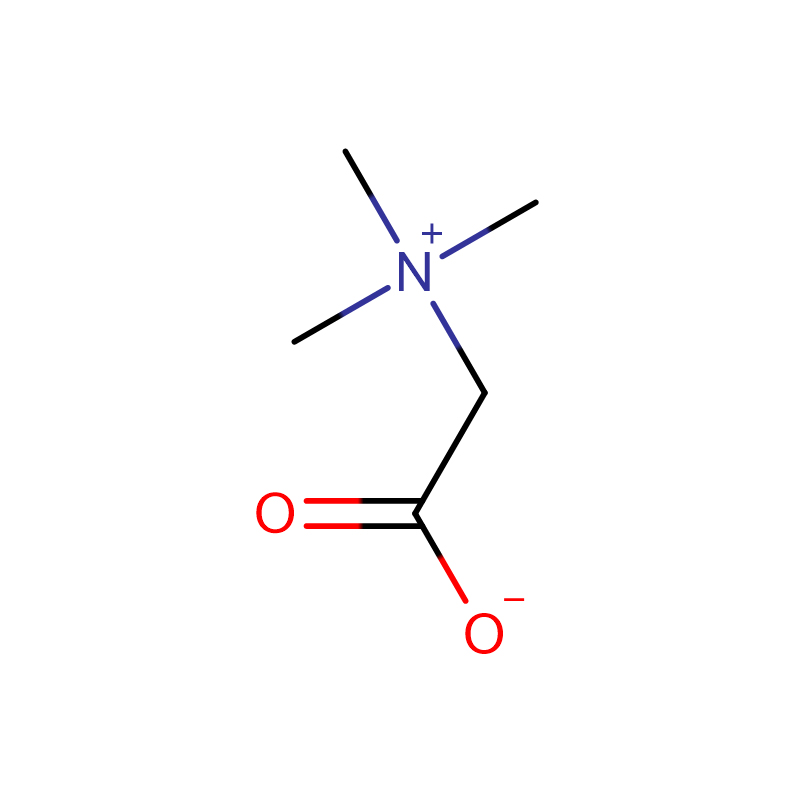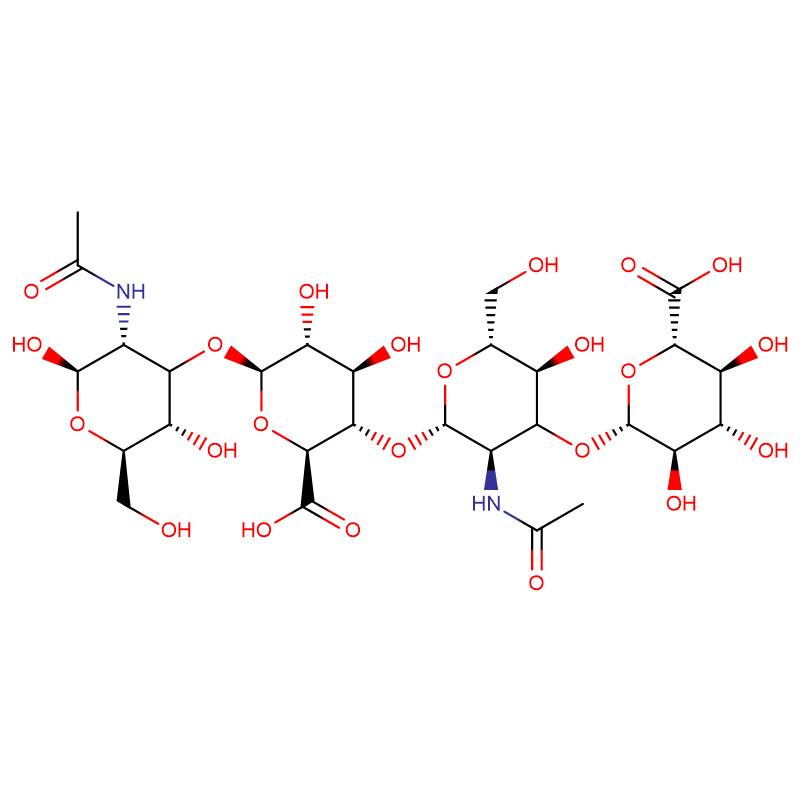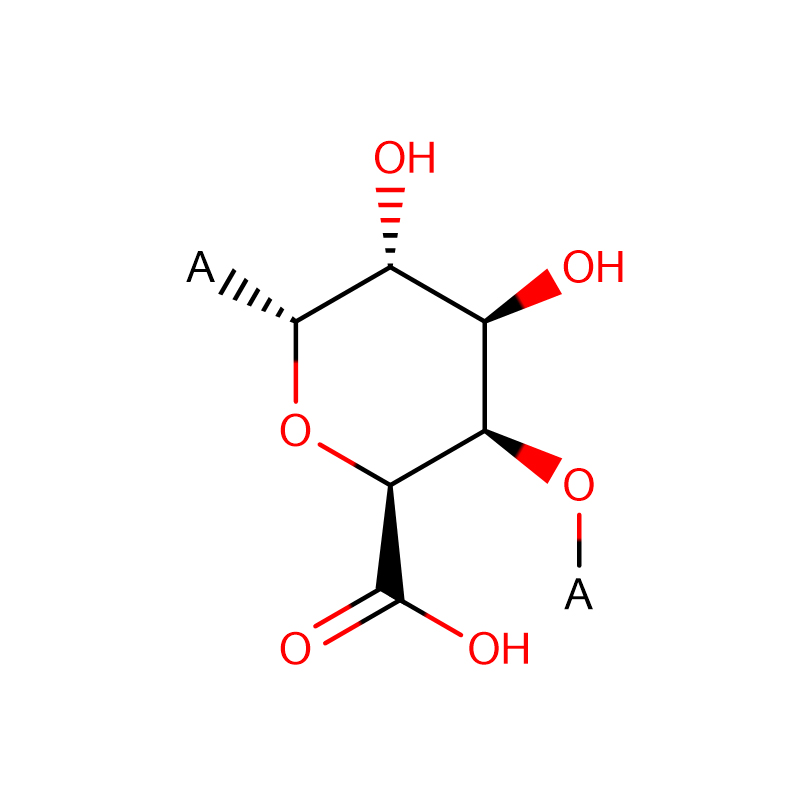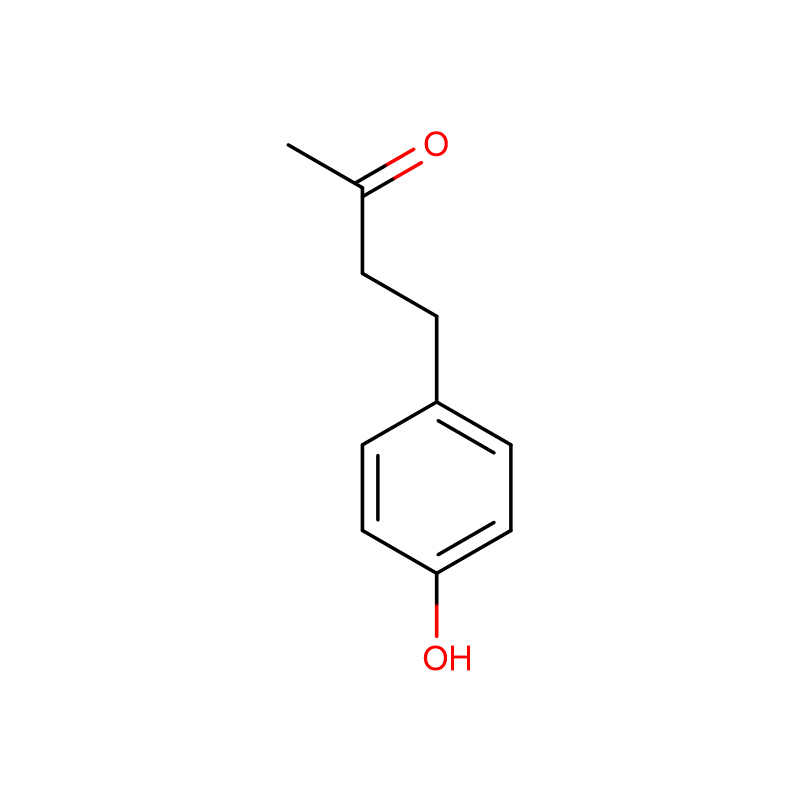EDTA-Mn 13% Cas: 15375-84-5
| Catalog Number | XD91914 |
| Product Name | EDTA-Mn 13% |
| CAS | 15375-84-5 |
| Molecular Formula | C10H12MnN2Na2O |
| Molecular Weight | 389.12 |
| Storage Details | Ambient |
| Harmonized Tariff Code | 29173990 |
Product Specification
| Appearance | White powder |
| Assay | 99% min |
| pH | 6 - 7 |
| Mn | 13% min |
EDTA is an aminopolycarboxylic salt. The various salts of EDTA typically exist as clear to amber liquids. Some have a slight amine odor. They can be used as chelating agents over a broad pH range in aqueous systems. Some salts are produced as dry powders and crystals. These salts are water soluble, but insoluble in acid and organic liquids
Chelating agents bind or capture trace amounts of iron, copper, manganese, calcium and other metals that occur naturally in many materials. Such naturally occurring metals can cause foods to degrade, chemical degradation, discoloration, scaling, instability, rancidity, ineffective cleaning performance and other problems
1) Agriculture - to stabilize formulations and to provide micronutrients to fertilizers
2) Cleaning products - to remove hard water scale, soap film, and inorganic scales in a wide variety of cleaning products and formulations, including hard surface cleaners, institutional cleaners, laundry detergents, liquid soaps, germicidal and anti-bacterial cleansing preparations, and vehicle cleaners
3) Metalworking - for surface preparation, metal cleaning, metal plating, and in metalworking fluids
4) Oil field applications - in the drilling, production, and recovery of oil
5) Personal care products - to increase effectiveness and improve stability of bar and solid soaps; bath preparations; creams, oils, and ointments; hair preparations, shampoos and almost every type of personal care formulation
6) Polymerization - for suspension, emulsion, and solution polymers, both in polymerization reactions and for finished polymer stabilization
7) Photography - as a bleach in photographic film processing
8) Pulp and paper - to maximize bleaching efficiency during pulping, prevent brightness reversion, and protect bleach potency
9) Scale removal and prevention - to clean calcium and other types of scale from boilers, evaporators, heat exchangers, filter cloths, and glass-lined kettles
10) Textiles - in all phases of textile processing, particularly the scouring, dyeing and color stripping stages
11) Water treatment - to control water hardness and scale-forming calcium and magnesium ions; to prevent scale formation
12) Consumer products - in food and pharmaceutical applications


